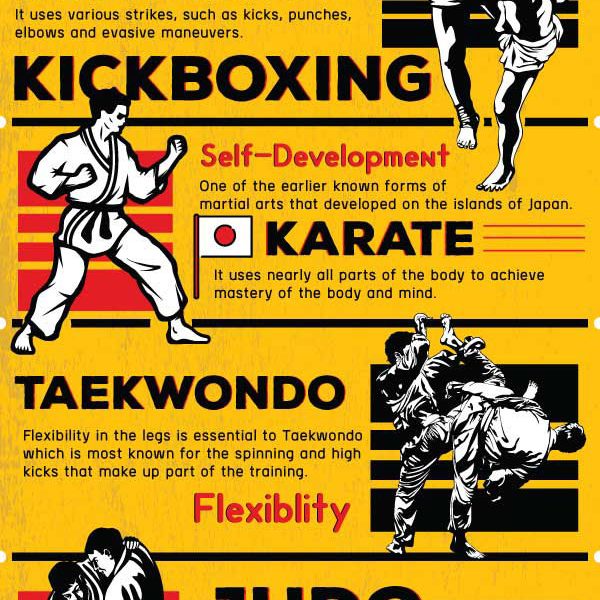The Evolution And Historic Relevance Of Martial Arts Across Different Cultures
The Evolution And Historic Relevance Of Martial Arts Across Different Cultures
Blog Article
Written By-Chu TRUE
Martial arts have a fascinating history that extends centuries and continents. You may discover it fascinating how old methods like Shuai Jiao and Kalaripayattu laid the groundwork for contemporary fight strategies. These self-controls not just highlight physical skills yet likewise show the societies that birthed them. As you explore their evolution, think about just how globalization has changed these standard kinds right into hybrid styles. What influences do you believe have shaped today's martial arts landscape?
Ancient Martial arts: The Foundations of Fight
As you explore the world of old martial arts, you'll discover the rich structures that shaped fight techniques across societies. Early practices focused on Self-Defense and survival, commonly incorporating strikes, grappling, and weaponry.
In old China, as an example, strategies like Shuai Jiao emphasized throws and joint locks, while India's Kalaripayattu showcased agility and fluid activity. Japanese samurai established Kenjutsu, a refined swordsmanship that highlighted discipline and method.
These martial arts offered not just for battle but likewise as a way of personal growth, instilling worths like regard and determination. The blending of these methods with time laid the groundwork for the diverse martial arts you see today, each showing the unique approaches and demands of its culture.
The Social Impact on Martial Arts Development
While martial arts typically mirror the practical needs of a society, they also symbolize the social values and beliefs of their origins. When you check out various martial arts, you'll discover exactly how they're influenced by faith, ideology, and social norms.
For instance, the focus on regard and discipline in Japanese martial arts comes from Zen Buddhism and samurai culture. On https://martialartsoftheworldkids45544.blogolenta.com/32538439/empower-yourself-and-increase-self-confidence-the-advantages-of-self-defense-workshops , Brazilian Jiu-Jitsu promotes adaptability and technique, shaped by the requirement for performance in a diverse, modern environment.
does martial arts make kids violent could locate that the routines, attires, and training techniques reflect an area's history and identity. By comprehending these cultural impacts, you strengthen your appreciation of martial arts and their function fit human experiences around the world.
Modern Adaptations and the Globalization of Martial arts
Martial arts have changed considerably in recent decades, adapting to modern society and worldwide impacts. You'll discover that conventional forms have mixed with modern-day techniques, producing hybrid styles like mixed martial arts. These adjustments cater to varied target markets, making martial arts accessible and enticing around the world.
With the rise of social media and digital systems, you can discover tutorials and competitors from all edges of the globe, breaking geographical barriers. This globalization has caused a common gratitude for different disciplines, from Brazilian Jiu-Jitsu to Taekwondo.
As you engage with these arts, you'll recognize they're not nearly battle; they advertise physical fitness, technique, and mental wellness.
Ultimately, contemporary adjustments have actually improved the martial arts landscape, making it a vibrant and progressing practice.
Verdict
In exploring the background and evolution of martial arts, you reveal an interesting blend of strategies, cultures, and ideologies. From old disciplines like Shuai Jiao and Kalaripayattu to the modern flexibility seen in mixed martial arts, martial arts reflect humanity's quest for Self-Defense and individual development. As you engage with these techniques, you not only get abilities yet also a much deeper admiration for the varied practices that form our world today. So, continue your trip and accept the art of battle!
